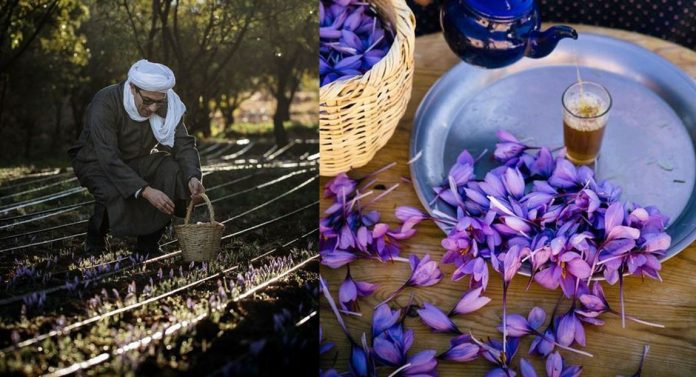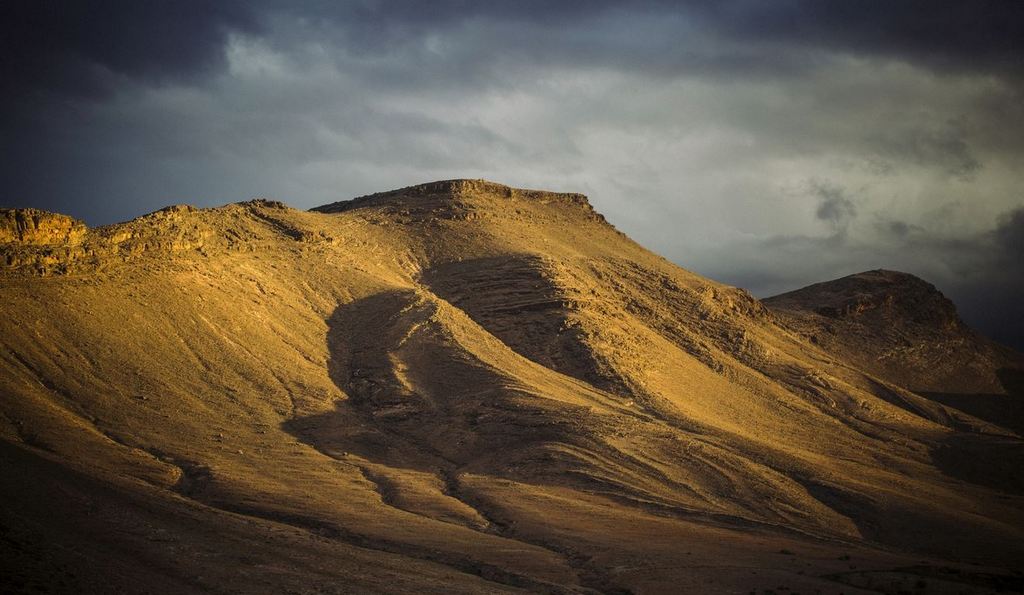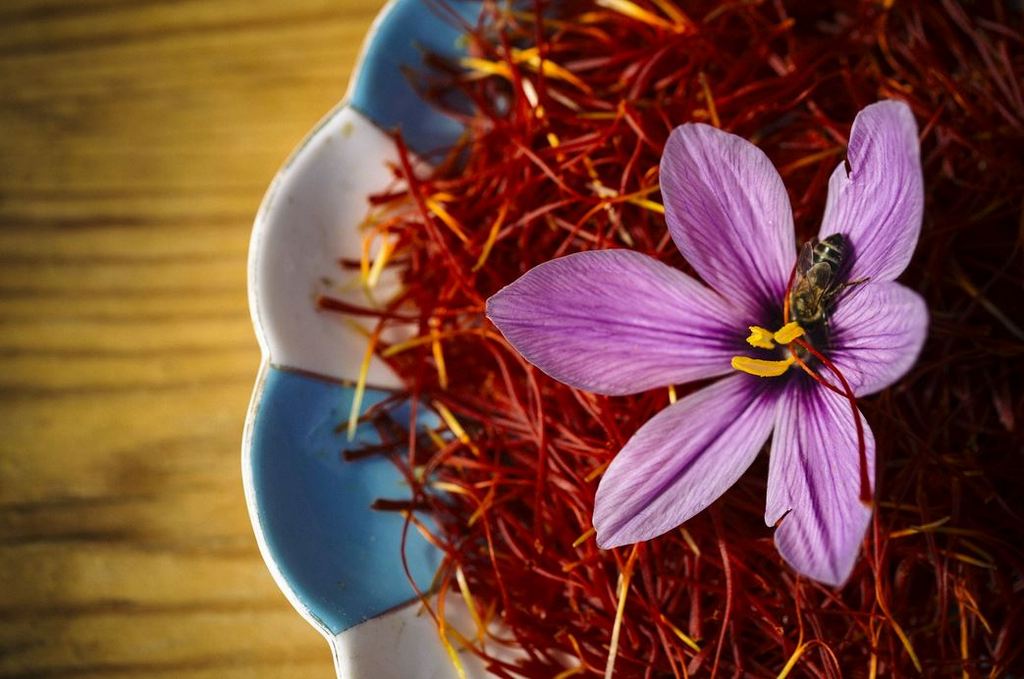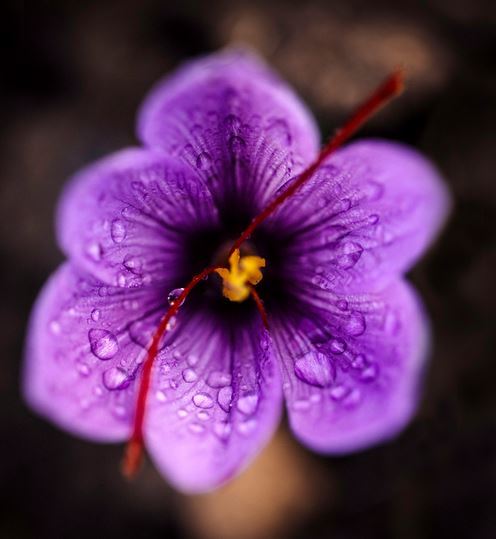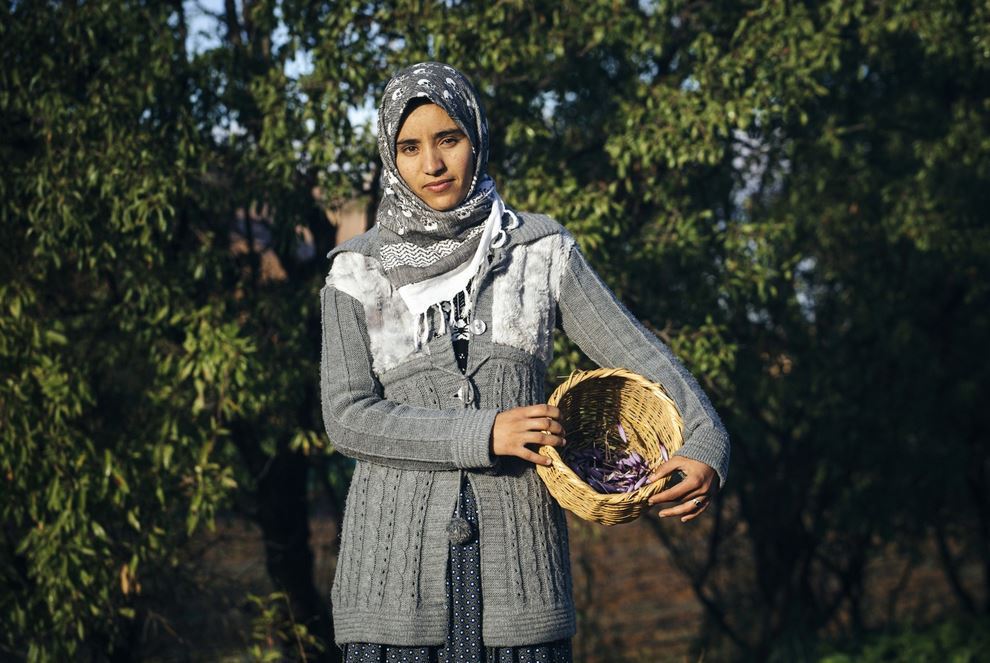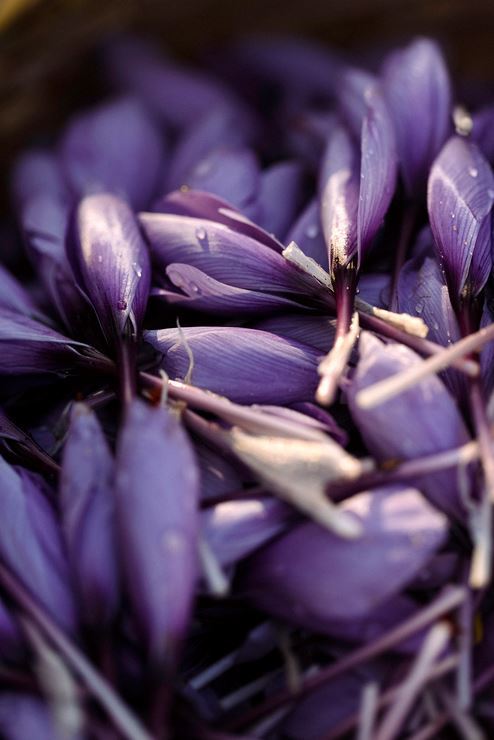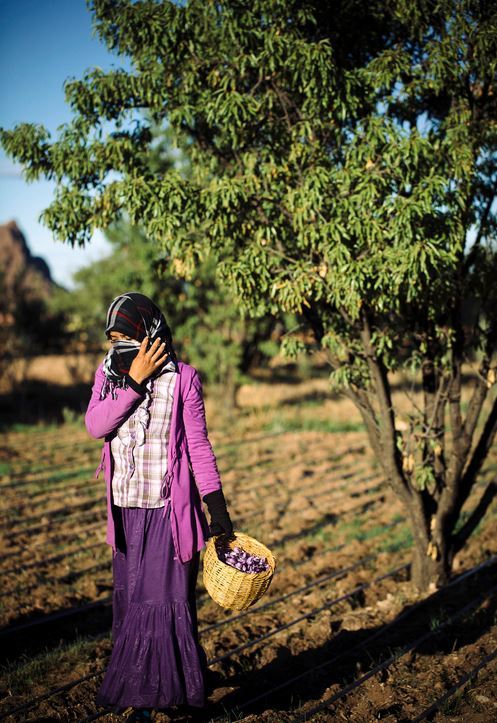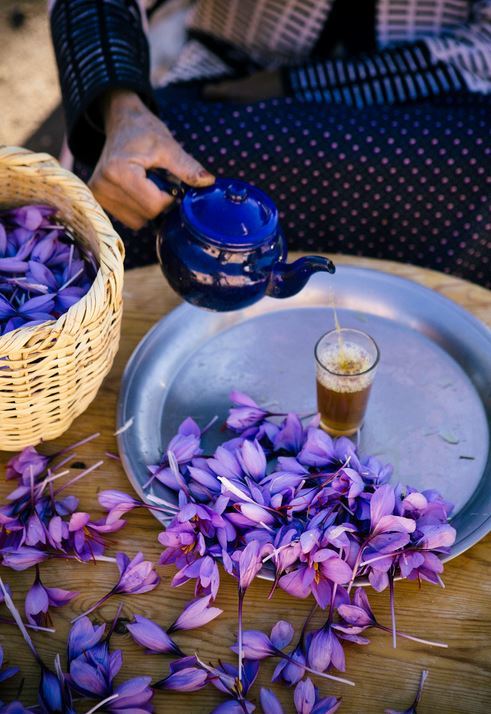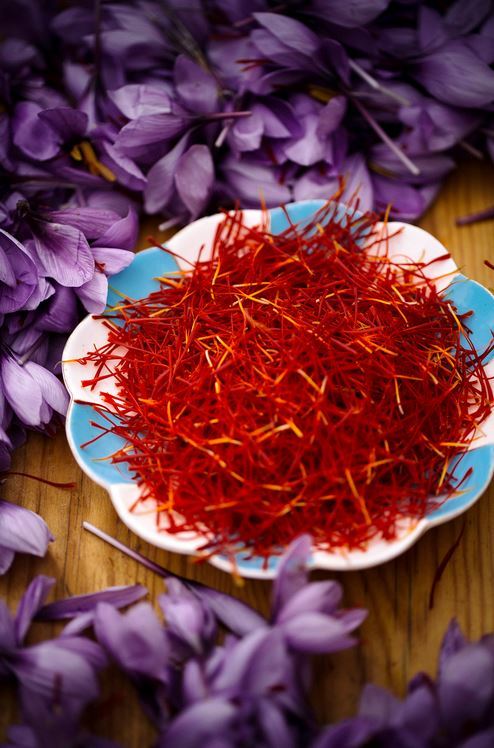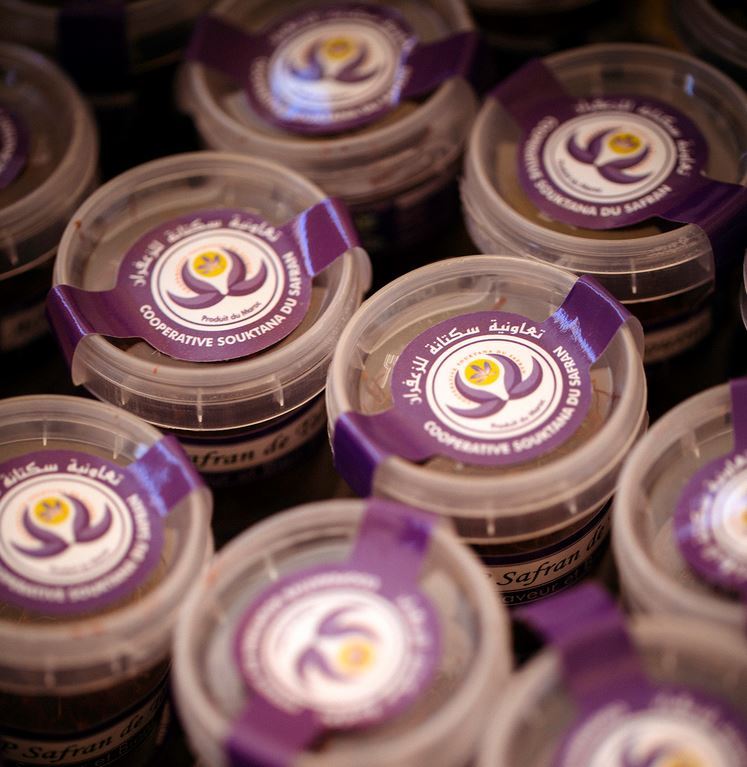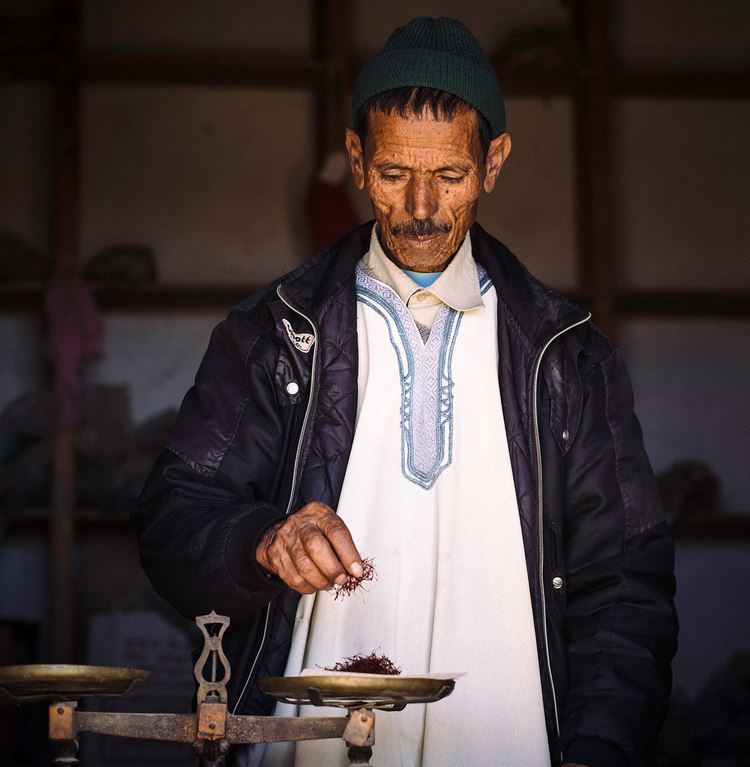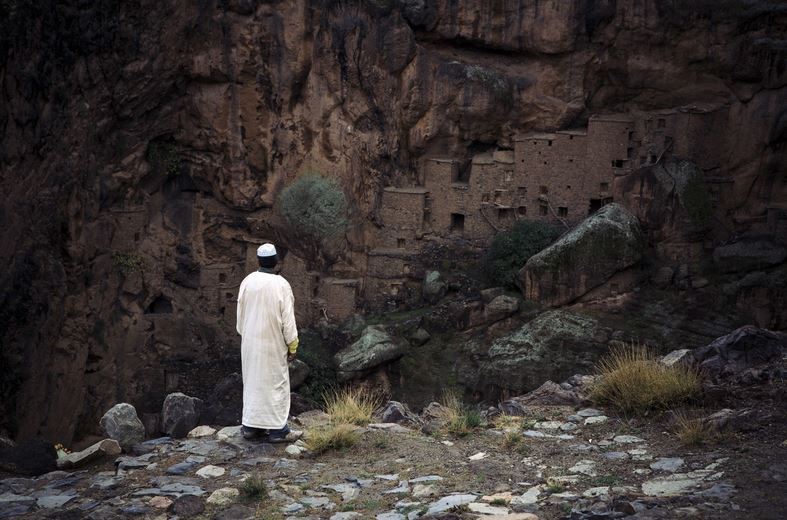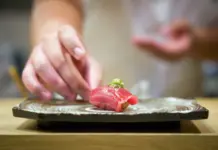Morocco-based travel photographer Chris Griffiths shares a visual insight into Taliouine: where Morocco’s “red gold” – saffron – is grown and harvested.
- A journey to the ancient sites: Volubilis & Moulay Idriss Zerhoun of Morocco
- 18+ gorgeous photos of Chefchaouen village make your heart race
- Best street food places in Tokyo: 8 Night Markets & best food streets in Tokyo You Can’t Miss
- 10 best & unique dining experiences South Australia from Sydney to Melbourne for Foodies
- What to eat in Malaysia: 27+ Must-eat food & must try dishes in Malaysia
The Sirwa mountains are located in the Souss region of Morocco and are known for their distinct seasonal changes in climate. The vast rocky valleys making up the range appear somewhat inhabitable and infrastructure is limited. But situated among the heart of this arid landscape lies Taliouine, one of Morocco’s most treasured agricultural regions.
The Berber or Amazigh people who live amid these terrains share a connection to their environment which has been passed down by many generations before them. Once a volcanic plateau, the soil underneath all the rocks and shrubbery is incredibly fertile and when irrigated properly, can be amazingly plentiful. The quality of farming here lends itself not to the sophistication of heavy machinery, but to the skill and determination of the farmers themselves.
The region’s high altitude, distinct weather patterns and high mineral content creates the perfect setting for the local farmers to cultivate an especially prosperous crop: saffron. Saffron is one of the most expensive cooking ingredients on the planet, and Morocco is the world’s fourth largest producer.
While saffron is also farmed in the High Atlas & the Middle Atlas regions of Morocco, over 90 percent of this cultivation occurs in the Taliouine region.
Bulbs are planted in the summer, between July and September, and the flowers are harvested from mid October through to mid November. Saffron flowers are traditionally picked early in the morning in order to prevent the crocuses from opening as the sunlight increases.
After the flowers have been cropped, the farmers take a break before they begin separating the stigmas.
Still early in the morning, breakfast is served, usually consisting of pure honey, freshly baked bread (cooked in a traditional mud-oven inside the storehouse), cheese, black olives and natural butter. And of course, saffron tea prepared with freshly picked threads.
If stigmas are left on the flowers after being picked, they can spoil within two to three days. Since this crop is the farmer’s most important harvest of the year, the saffron is quickly separated, dried and put into optimum storage conditions.
As the flowers are poured out of the baskets and spread out onto the tables ready for sorting, a more social part of the day begins and the farmers finally get to catch up on all the gossip. Saffron tea is continually being brewed in the background of laughter and conversations while the group separate the day’s yield.
Souktana du Safran is the oldest saffron co-operative in Taliouine and works to help farmers in the region sell their crops at a fair price for all parties involved. Through the work of Souktana and many other co-operatives in the region, large collectives of farmers unite and agree on set fair prices to sell for after researching the market.
Tucked away into nearby villages surrounding Taliouine lie ancient granaries, which are essentially high security storage vaults. Built into the mountainside, each granary holds only one entrance, which would have had a security guard at the gate and were notoriously impossible to siege.
Today, the banks – known as an “Agadir” in the Amazigh Tamazert language – are not used and only a few things are held inside to keep the tradition alive. Each granary holds small lockable rooms which could be rented to store valuable items, including jewellery, important documents and saffron.































![10 best airports in Asia in 2016 [RANKED] kuala-lumpur-international-airport-best airports in asia in 2016 by skytrax ratings](https://livingnomads.com/wp-content/uploads/2016/08/29/kuala-lumpur-international-airport-best-airports-in-asia-in-2016-by-skytrax-ratings-218x150.jpg)








